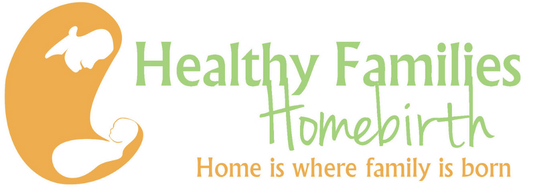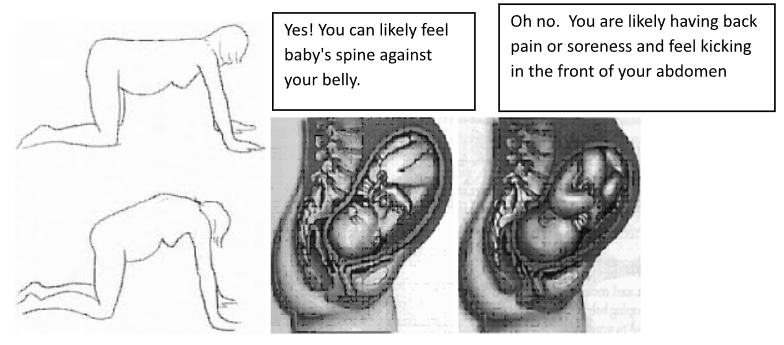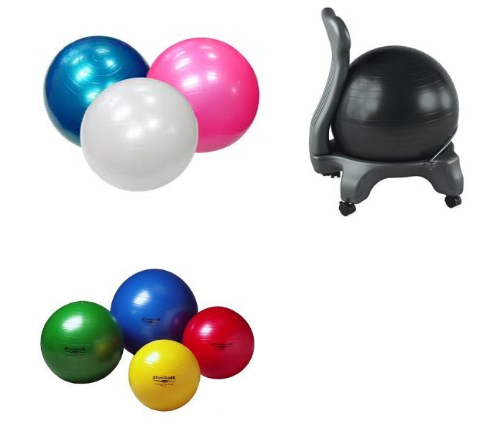

PHONE
303-718-1554
cheryl.furer@msn.com
OPENING HOURS
By Appointment Only
Menu

Exercising throughout pregnancy can help tone your body and get ready for labor. Exercise has also been found to increase your immune function, help you get better sleep, recover faster, and feel better about yourself. Even small amount of exercise, several times a week, can improve overall health. So what are you waiting for- get moving!
Notes for exercising:
Warnings:
Preparing for Labor:
Beginning at about 36 weeks, you and your fetus should start getting ready for labor. Exercising in a way that gets your baby into an optimal fetal position can make the labor process go smoother. The best way for your baby to be born is for the back of his head facing the front of your body, or occiput anterior. Babies can be born in different positions, but occiput anterior is ideal for reduced back pain and time in labor. The key to these exercises are upright, forward leaning positions, with your knees lower than your pelvis. Avoid sitting in semi reclined positions, like long car rides, and with crossed legs.
Some exercises to try (it may be helpful for someone to read to you while you try it on the first
time):

Other recommendations:

Further reading and exercise classes:
Essential Exercise During the Childbearing Year by Elizabeth Nobel
The Natural Pregnancy Book by Aviva Jill Romm
Sit Up and Take Notice by Pauline Scott
Gaiam videos Prenatal series
Dancing for Birth Classes
YMCA or local county recreation center
References:
Frye, A. (2010). Holistic Midwifery: A comprehensive textbook for midwives in homebirth
practice. Portland, OR: Labrys Press.
Romm, A. J. (2003). The natural pregnancy book: herbs, nutrition, and other holistic choices. Berkeley, CA: Celestial Arts.
Swinney, B., & Anderson, T. (1996). Eating expectantly: a practical and tasty approach to prenatal nutrition. Deephaven, MN: Meadowbrook Press.
***This is general information. Please speak to your health care provider about your unique health
needs.

“I believe in continuity of care, which means that as your midwife, I’m here to support you throughout your pregnancy, birth, up until your baby is a toddler (really!) and beyond…”


Proud Practitioner with BeHerVillage. Create a Registry Here.
Copyright © 2022 Healthy Families Homebirth – Home is Where Family is Born | All Rights Reserved | Website by Cheryl Furer & Precy Onasa